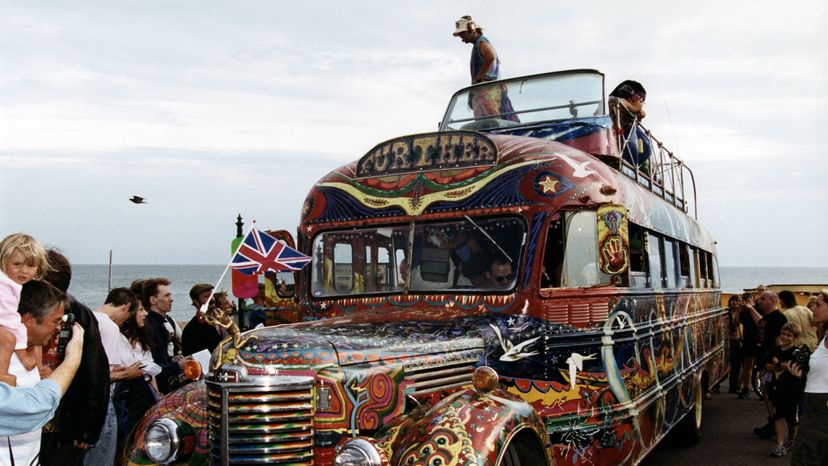Cultural History of LSD: Turn On, Tune In, Drop Out

LSD played an important part in the 1960s counterculture movement. As use spread from research projects at universities to the street, LSD was credited with expanding the minds of young people who were disillusioned with the status quo. A number of LSD pioneers helped spread the news and encourage acid experimentation.
Dr. Timothy Leary was a psychology professor at Harvard when he first tried psilocybin mushrooms in 1960. He was so changed by the experience that he and his Harvard colleague Richard Alpert founded a study to test the effects of psychedelic drugs. Leary believed that they could treat a host of mental illnesses and profoundly change those who took them. Complaints from parents and others, however, led Harvard to fire Leary in 1963.
Advertisement
In 1964, Leary co-authored a book about psychedelic drugs and, the following year, he founded the League for Spiritual Discovery. This was a religion that claimed LSD as a holy sacrament that must be kept legal for religious freedom. Leary toured the country with a presentation that attempted to demonstrate the experience of tripping. He spoke the phrase that came to exemplify the LSD movement, "turn on, tune in, drop out," during a 1967 speech in San Francisco before 30,000 hippies. Leary later stated in his biography that "'turn on' meant to go within to activate your neural and genetic equipment [...] 'Tune in' meant interact harmoniously with the world around you [...] 'Drop out' meant self-reliance" He was disappointed that people thought he meant "Get stoned and abandon all constructive activity" [source: Leary].
Ken Kesey was an author whose first experience with LSD came when he volunteered in 1959 to take part in a CIA study of the effects of psychedelic drugs. He and his friends, known as The Merry Pranksters, traveled across the country, while on acid, in a school bus called "Furthur" as a social experiment. Their adventures were documented by author Tom Wolfe in "The Electric Kool-Aid Acid Test."
While Leary originally advocated a more serious, controlled use of LSD, Kesey was an "acid populist" who believed that if enough people used it, society as a whole could be transformed. In 1965, he began holding psychedelic parties advertised with signs that read "Can you pass the acid test?" Kesey believed that the acid tests expanded consciousness and started a revolution.
Owsley Stanley was a self-taught chemist who helped to make LSD popular and accessible in the influential Haight-Ashbury section of San Francisco. While a student at the University of California at Berkley, Stanley tried LSD but was frustrated with the wide differences in quality and purity. He set up his own lab to make pure, high-quality LSD, which became known as "Owsley LSD" or simply "Owsley." It became the standard by which other LSD was measured after Sandoz stopped making the drug and it became illegal. He often distributed it freely, and it has been estimated that Stanley made half a kilo of LSD, enough for 10 million 50-microgram trips, in his lifetime. He also created an LSD synthesis that was 99 percent pure called White Lightning, as well as another psychedelic drug, STP.
Stanley also became friends with the band the Grateful Dead (who performed at Kesey's acid tests) and worked as their sound engineer. He not only heavily influenced the band's sound, but also designed their Lightning Bolt Skull logo and was the inspiration for the Dancing Bears logo because of his nickname, "The Bear."